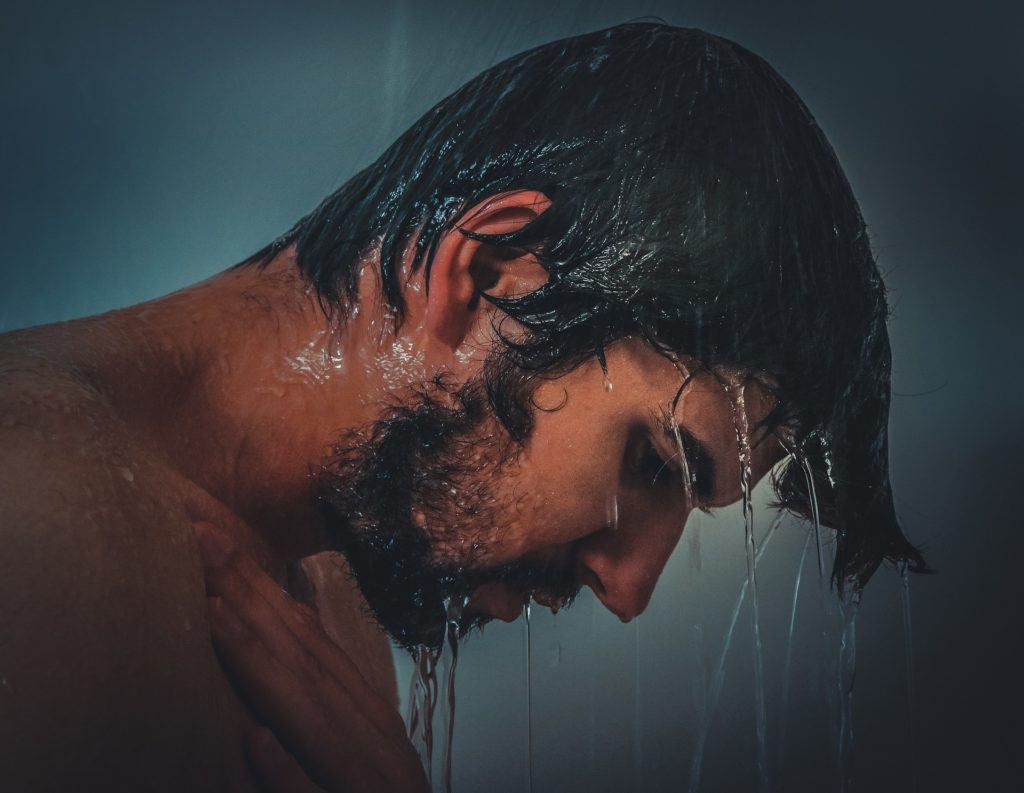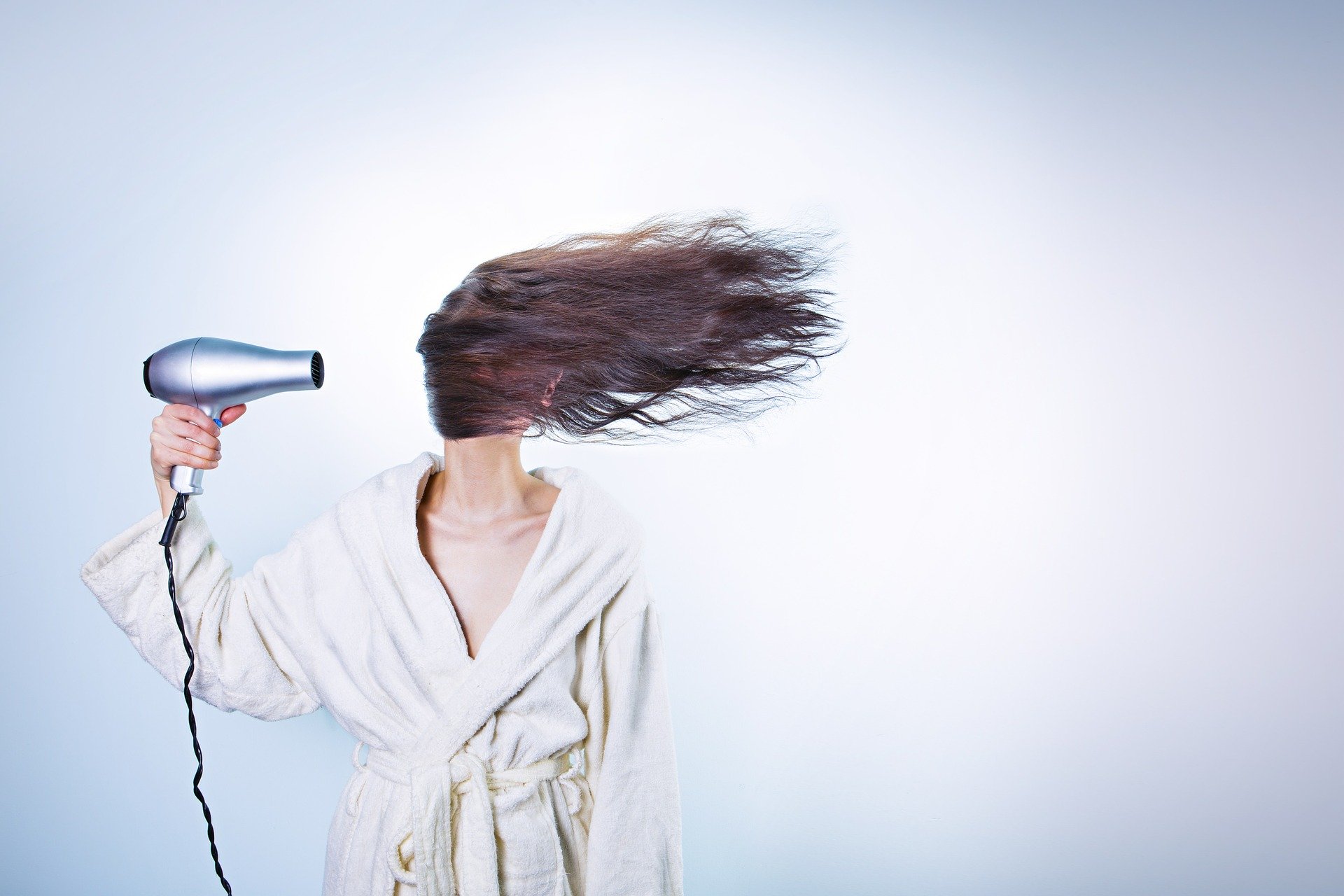Head lice treatments can have side effects. Unfortunately, it’s very difficult to avoid them because you need to use the lice treatments to get rid of head lice. But don’t worry. These side effects are not permanent. Here are some ways to repair your hair and scalp after undergoing lice treatment.
How lice treatment can damage your hair and scalp
- Lice treatments can cause drying and itching. Lice treatments have strong ingredients that are meant to kill head lice and nits. Some of the most popular ingredients include pyrethrins and permethrin. But here’s the bad news — these strong ingredients can damage your hair and scalp. They can lead to drying and itching. You can still experience these even after the treatment, and they often go hand in hand. Here’s an example of how they work — the strong ingredients will dry out your scalp, this dryness will lead to itching, your scratching will lead to more dryness, and the additional dryness will lead to even more itching. The cycle can repeat if you don’t repair your hair and scalp after getting lice treatment.
- They can lead to hair cuticle damage and hair loss. Hair cuticles are the outermost layers of hair shafts. They serve as protective barriers. The insecticidal properties of lice treatments can negatively affect hair cuticles, making the hair shafts prone to brittleness, dryness, and damage. There are also cases where hair follicles are damaged, resulting in hair loss. This is why many people avoid lice treatments and just go with manual methods such as lice combs.
- They can trigger allergic reactions. Some people are allergic to the strong ingredients of lice treatments. This can lead to allergy symptoms such as itching, reddening, and swelling in the head area. These can be problematic, especially if you succumb to the itch and scratch vigorously. They can lead to wounds and infections, which can give you more medical problems to deal with. Consider consulting a doctor for lice treatments to avoid allergies, especially if you have sensitive skin.

How to repair hair after lice treatment
1. Use special shampoos and conditioners
It’s important to use shampoos and conditioners to maintain healthy hair and scalp. But some products have strong ingredients too, making them counterproductive if you have damage from the lice treatments you have used. You can use special shampoos and conditioners temporarily to repair your hair and scalp after lice treatment.
Use gentle shampoos and conditioners. Avoid those with harsh chemicals such as fragrances, parabens, and sulfates. Only apply a small amount of the shampoo of your choice. Massage it on your scalp and rinse it off. And then apply the conditioner to the length of your hair, leave it for about a minute or two, and rinse it off. But these are just general instructions. If the products you use have special instructions on the packaging, follow those instead.
2. Get a deep conditioning treatment
Use a deep conditioning treatment once a week, ideally with ingredients like argan oil, coconut oil, or keratin. These ingredients will help moisturize and repair the damage to your hair and scalp. But before using the product, make sure to shampoo your hair first and rinse it off. Apply the deep conditioning treatment and use a comb to coat your hair evenly. Leave the treatment for about five to ten minutes, depending on the recommendation in the packaging. And then rinse it off.
Like special shampoos and conditioners, it’s important to follow the instructions in the packaging of the deep conditioning treatment. If you want to save yourself from all this hassle, you can also get treatment from your local salon. But be careful because you can still get head lice from a salon. It’s not likely, but it’s important to know that the risk is still there.
3. Avoid dryers and irons
Heat-styling tools such as blow dryers, curling irons, and flat irons are great. But if you are already suffering from hair and scalp damage because of lice treatments, you don’t want to subject your hair to extreme heat that can make the damage worse. These products can damage hair cuticles, making your hair more prone to breakage. They can also damage the hair itself, making them more brittle and dry.
You can air dry your hair naturally and just use a wide-toothed comb to detangle your hair. But if you really need to use heat in your hair for some reason, consider using heat protectants and keeping the temperature settings of your heat-styling tools low.

4. Protect your hair from the sun
Exposure to the sun can exacerbate your hair and scalp issues from lice treatments. This is especially because of heat, UV rays, and their damaging effects. Since your hair and scalp are already not in good condition, exposure to these elements can make things worse. The sun can make your hair more dry and weak. Sunshine can also irritate your scalp more, leading to even more dryness and itching.
Stay indoors as much as possible. But if you really need to go outdoors and get sun exposure, cover your head with a hat, scarf, or umbrella. This is particularly advisable if you are going to be exposed to the sun for a long period of time.
5. Be patient — repairing hair after lice treatment can take time
Remember that hair growth is a slow process. You can’t magically repair hair and scalp problems overnight. It will take time. And you have to be patient about it. Depending on the damage, the repair process can take several weeks to months.
Don’t rush the process. Don’t try to use multiple products to repair the damage because you can cause more harm than good. Just follow a hair and scalp care routine diligently, and you can slowly but surely repair your hair and scalp after lice treatment. Consistency and patience are the keys to successful repair.
You can repair your hair after lice treatment
Lice treatments have strong ingredients that can end up damaging your hair and scalp. Thankfully, there are many ways to repair hair and scalp damage after undergoing lice treatment. You can use special shampoos and conditioners, avoid heat-styling products that can worsen the damage, and protect your hair from the sun. And most importantly, you have to be patient in the recovery process as it can take multiple weeks or months. If you are not patient, you may end up doing something drastic that can make the damage even worse.

